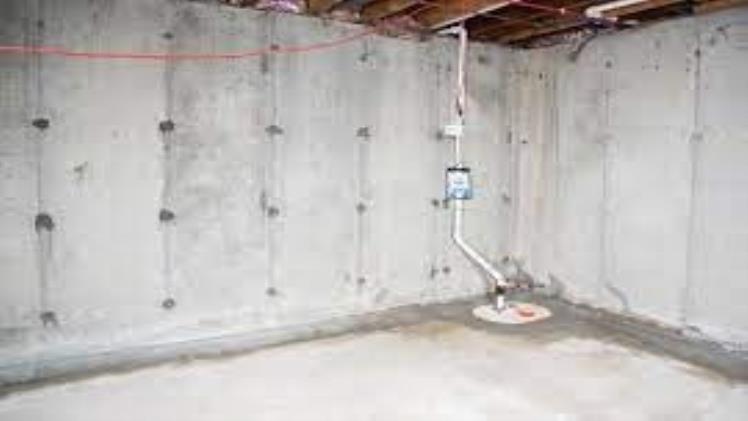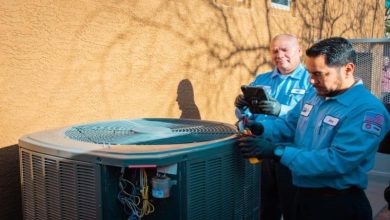Waterproofing Basements

Waterproofing basements is an integral part of protecting the health and safety of your home. Moisture-prone basements can quickly become a breeding ground for mold, mildew growth, rotted wood and damage to stored items if not addressed properly.
How to Waterproof a Basement
The initial step in waterproofing your basement is making sure the walls and floors are properly sealed. Special sealants can be used to fill cracks in walls, preventing new moisture from entering into your space. This step ensures your walls and floors remain dry for optimal effectiveness.
These sealants can be purchased at your local home improvement store and come pre-mixed, ready to apply. This ensures a watertight barrier against moisture intrusion.
visit for multiple topics news: Appvalleyall and uwatchfreenews
Next, you should inspect for signs that your basement may be leaking. These include puddles of water, sagging or bulging floors, wet ceilings and peeling paint. Additionally, white effervescence on walls and floor indicates groundwater seeping through your wall.
Other telltale signs of a leaky basement include musty odors and stains. These indicate that water has been trapped in your basement for some time, eroding away at your flooring. And the stains usually indicate rotting timbers or drywall due to saturation by water.
How to Repair Basement Wall Leaks
A common source of basement wall leaks is a crack in the foundation wall. Depending on the material of your walls and how severe the damage, there are various options for repairing this depending on what has gone wrong.
For thin cracks, you can use high quality epoxy to patch them up. This will stop water leaking but won’t prevent new ones from forming as the epoxy dries.
Another option for repairing a cracked wall is to fill the crack with hydraulic cement, an effective product that creates a watertight seal in just three to five minutes. This solution works great for fixing active leaks as well as plugging any holes or cracks you may have noticed.
Finally, there are various products on the market that can waterproof basement walls from within. DRYLOK offers a white interior basement sealant in a 5-gallon container which covers approximately 500 square feet of wall space.
Once the interior of your basement has been waterproofed, it is important to take additional measures to protect its exterior as well. A slope away from your house should be created in order to help drain water away, but if this slope fails, water may pool around its foundation and cause extensive damage.
A professional waterproofing company can assess the need for exterior sealing in your basement and give an accurate estimate for completion. They may also suggest additional waterproofing measures, such as adding insulation.
Once you understand the source of your basement moisture problem, it’s time to take action. There are three primary methods for waterproofing your basement: interior, membrane and coating. Each has its own advantages depending on the situation.



